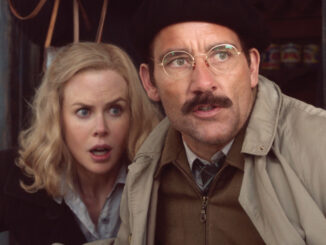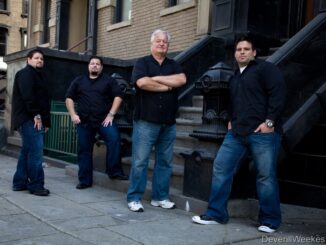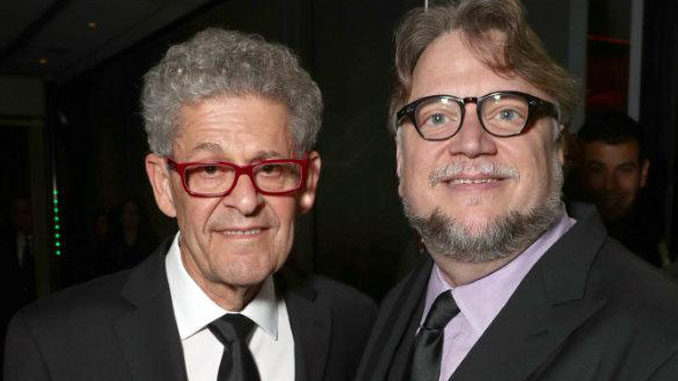
by Edward Landler
The 2018 Academy Award nominations for Best Achievement in Film Editing in 2017 focus on five distinctive approaches to movie storytelling, each with its own effective rhythms and emotional tones. Four of the honored films team their editors with directors who authored their own richly detailed screenplays and the fifth brings a deeper dimension to a notorious figure of Olympics sports.
The Oscar-nominated editors are:
Jonathan Amos, ACE, and Paul Machliss, ACE, for Baby Driver, Edgar Wright’s fast-paced noir story of a young getaway driver called Baby who abets violent holdups while living to the music of his personal mix tapes playing in his earbuds, nominated for three Oscars;
Lee Smith, ACE, for Christopher Nolan’s Dunkirk, an epic portrayal from multiple perspectives of the 1940 English rescue across the Strait of Dover of the Allied forces trapped on the beaches of France by the German Army, earning eight nominations;
Tatiana S. Riegel, ACE, for I, Tonya, directed by Craig Gillespie and written by Steven Rogers, the biography of working-class figure skater Tonya Harding whose climb to Olympics fame is overshadowed by a life of domestic abuse, with three Oscar nods;
Sidney Wolinsky, ACE, for The Shape of Water, from director Guillermo del Toro’s story, and a screenplay co-written with Vanessa Taylor, of a mute woman’s emotional attachment to an intelligent amphibian creature held prisoner in an American military research lab during the Cold War, getting 13 nominations; and
Jon Gregory, ACE, for Anglo-Irish writer/director Martin McDonagh’s Three Billboards Outside Ebbing, Missouri, about how a mother’s challenge to the police to find her daughter’s murderer stirs discomfort in a Midwestern town, with seven Academy nods.
This year’s ACE Eddie Awards have been bestowed upon Smith for Best Edited Feature Film (Dramatic) and Riegel for Best Edited Feature Film (Comedy). Smith has two previous Academy Award nominations for Master and Commander: The Far Side of the World in 2004 and The Dark Knight in 2009; and, for Dunkirk, has won best editing awards from the Los Angeles Film Critics Association and the Hollywood Post Alliance, and shared the Critics’ Choice best editing award with Baby Driver’s editors, who also won the International Online Cinema award and the Online Film Critics Society award for best editing.
For his work on The Shape of Water, Wolinsky was named Editor of the Year by the Hollywood Film Awards and, for Three Billboards, Gregory took best editing at the British Independent Film Awards. Wolinsky and Gregory, along with Smith, Amos and Machliss are all in contention for BAFTA’s Best Editing prize; and I, Tonya’s Riegel has been nominated for Best Editing by the Independent Spirit Awards.

The English Amos worked once with Wright before Baby Driver, on Scott Pilgrim vs. the World (2010), and the writer/director had then been working on Driver’s script for a few years. After finishing Pilgrim, Amos recalls, “Edgar recorded a table read of the script and then laced the recording with sound effects and all the music Baby listens to in his earbuds to create an audio experience of the movie.”
This “radio play” eventually helped Wright get backing for the film. The music on Baby’s tapes was central to the story and the rights for all of it had to be cleared before going into production. Amos explains, “With Edgar, the editing happens in the script and he’s shooting with the editing in mind. The way the sound integrated with the picture was at the forefront of his vision.”
During prep, an animatic layout was created for timing and rhythm from the original storyboards. For the movie’s set pieces, like heists and action sequences, the stylized animatics layered storyboard visuals, sound effects and music. These sequences were tightly choreographed around the music with specific visuals designed to hit pre-determined “anchor points.” Amos noted, “The challenge was how to compress all the visual material, keep it centered on the characters, and still hit all the anchor points.”
The movie was shot on location in Atlanta from February through May 2016 and the animatics were used as guides throughout production. Starting post production in London late in May, Amos says, “Coming out of the shoot, it was all rough assembly.” By August, the director’s cut was done, within a few minutes of its present length. With Amos working on the intricate set pieces, post was completed late in November,
“The music was your friend and your enemy at the same time,” says Amos. “I wished it could be more elastic. We used a lot of subtle things in visual effects to keep the sense of rhythm in the visuals.” In the driving sequences, these included cars passing pillars, blue flares from police car lights and light reflections. He added, “With human figures in the frame, you had to work with the characters’ visual reactions to keep to the rhythm.”
“I don’t think anyone’s ever seen a movie like this — the way the images are responding to the music and the way it seamlessly transitions from scene to scene,” the editor concludes. I hope it will have some effect on future filmmakers.”
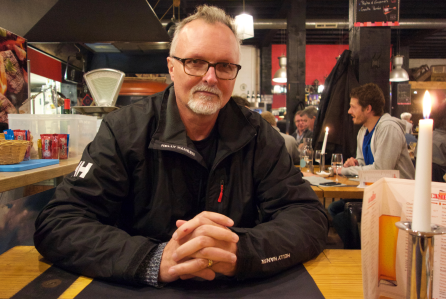
Dunkirk is Smith’s seventh collaboration with writer/director Nolan and the Australian editor worked on location in Holland, France, England and Los Angeles for the entire shoot from April to September 2016. The director’s cut with all the sound effects and visual effects was completed 10 weeks into post, “perhaps about 10 minutes longer than what you see now,” he says; it took another 15 weeks to finalize visual effects, scoring and the mix.
“The director’s original script was an incredibly strong blueprint for the movie, as intricate as a Swiss watch,” Smith states. “It required a lot of rhythm and tension to keep the audience as clear about what’s going on as you can. Chris wanted to make suspense the key word of the movie.”
The story structure emerged from interweaving the specific points of view of several groups of characters in a vast geographic setting in each of several timelines of action, and all of them moved to the same ticking of the clock, building to the key convergences of the timelines as a dramatic climax. Smith explains, “We wanted to make audiences feel what it was like to be in the air, on the beach or on the water, making it a personal journey, a matter of feeling like you’re always with the characters.”
During post, editorial screenings took place every Friday to help the filmmakers determine where the convergences of the timelines belonged. Smith says, “The convergences all make intellectual sense, but you have to get the emotional sense right. We made the transitions as smooth and as clear as possible, refining the timing every time we switched where we were, so you could clearly follow the story.”
He adds, “The airplane sequences were moved around the most. Later on in post, we cut them together and re-dispersed them in their slots.”
Later, at test screenings, the editor became more aware of audiences’ levels of tension. He points out, “Every shot has its interest level, the amount of time you have to be on a shot to feel something. There’s a natural inherent rhythm in your head; you have to spend less time thinking about it and more time feeling the emotional impact.”
Since Dunkirk’s release, Smith has recognized how well the movie maintains its suspense over its 105-minute running time. He notes, “A lot of people I hadn’t heard from in years, old friends not in the film industry, called to say how good it was, an emotional experience.”
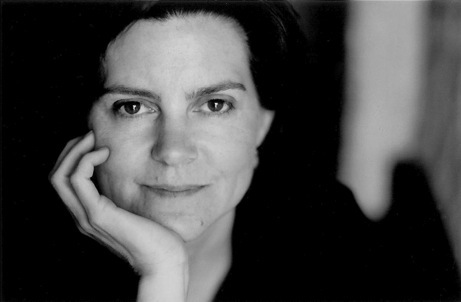
I, Tonya was editor Riegel’s fifth film with director Gillespie, but she was skeptical about it before he gave her Rogers’ screenplay. After reading it, she said, “I get it!” Starting to edit, she reveals, “I was walking on the fence between something very emotional — tragic, really — and something so comic in the reality of its craziness.”
Inspired by documentaries with interviews of figures in Harding’s life and the attack on skater Nancy Kerrigan, the script was originally written with “a lot of talking heads.” However Riegel says, “Craig told me we could use the interviews either as on-camera interviews or voiceovers; he also had an idea to use that material to break the fourth wall.” The challenge was to integrate those three options with the dramatic scenes for tone, pace and story.
During crucial action, a line from an interview about what was happening was spoken directly by the character in that scene to the movie audience. “He decided to shoot those scenes both with and without these lines,” explains Riegel, who cut the scenes both ways.
She continues: “Craig and I have a wonderful shorthand and trust. He gives me very little feedback as I’m assembling the cut, a lot of times no feedback.” Shot over 31 days on location in Georgia from January into March 2017, the movie’s 260 scenes were sent to Riegel in LA; she sent back assembled scenes a day or two after she got the footage.
“At the end of the shoot, he had pretty much seen the whole movie beginning to end, not straight through but in sections,” notes the editor. Starting post, they watched the full rough cut, running just under two and a half hours. The two hour final cut premiered in September at the Toronto Film Festival.
During production and early in post, Riegel put very little music in the scenes. “If I can get a suspenseful or emotional or action scene to work without music, I know it’s good,” she attests. “Also I’m much more free to move things around.”
Everything was shot on film; only the interviews and extreme slow motion shots of skating were recorded digitally. With the major skating scenes based on choreography from the actual competitions, the long single-take skating shots were seamlessly edited to blend together the real Harding and Margot Robbie as Harding.
Riegel feels that footage at the end showing the real people of I, Tonya conveys how closely the film represents the human absurdity of what actually happened. She affirms, “We never tried to play up the humor for humor’s sake. We were allowing them — especially Tonya — to tell their side of the story.”
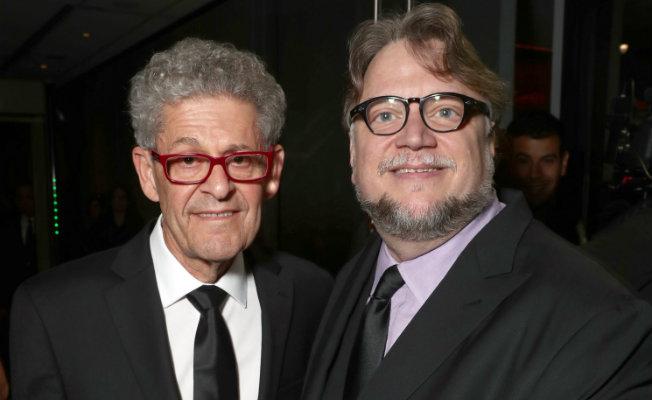
For editing the fantasy The Shape of Water, Wolinsky says, “I approached it as I approach everything — working as hard as I can to see if everything works.” He first worked with its writer/director on the 2014 pilot of the FX Network’s vampire series The Strain (2014-2017), created by del Toro and Chuck Hogan. The editor believes series’ co-executive producer Carlton Cuse arranged for him to meet del Toro because of his work on many TV series, including The Sopranos (1999-2007).
Describing the way in which they collaborated as “unusual,” Wolinsky explains, “During the shoot, Guillermo found time every day to work with me in cutting. I got feedback immediately from him on whatever I was doing, and he immediately knew if he had to adjust things on the set.”
Shape was shot in its entirety in Toronto, about 35-40 percent on locations around the city standing in for Baltimore, and the rest on sets at Cinespace Studios, which also housed the film’s production offices and cutting rooms. The 11-week shoot ran from early August to November 2016. Going straight into post, the first assembly at its start was about two hours and 40 minutes. The picture locked in May 2017 at two hours and three minutes, with the final mix done in July.
Throughout post-production, the director and editor’s daily engagement continued. Wolinsky comments, “As the film became more solidified, we’d work on specific areas that needed work. There’s always tightening to be done.” A number of scenes were dropped from the last third of the movie after the creature’s escape from the government facility.
The escape scene itself was especially hard to cut, as were the sign language dialogue scenes between Sally Hawkins’ mute cleaning woman Elisa and her commercial artist confidant Giles, played by Richard Jenkins. For these scenes, even when Giles translates out loud, it was decided to put subtitles close to their hands and faces rather than at the bottom of the screen.
Wolinsky also points out that a day of shooting pickups for a few scenes during post “improved the cut a lot; they were spot-on to notch up those scenes.” One of these shots was a close shot of Elisa and the creature simply holding hands.
“A lot of people tell me how totally involved they are, that it never stops flowing,” the editor remarks. “It’s about the best choices to make in each scene and making the transitions work, making sure the audience is not confused. Like a great music score, with editing, the audience shouldn’t be noticing the craft.”
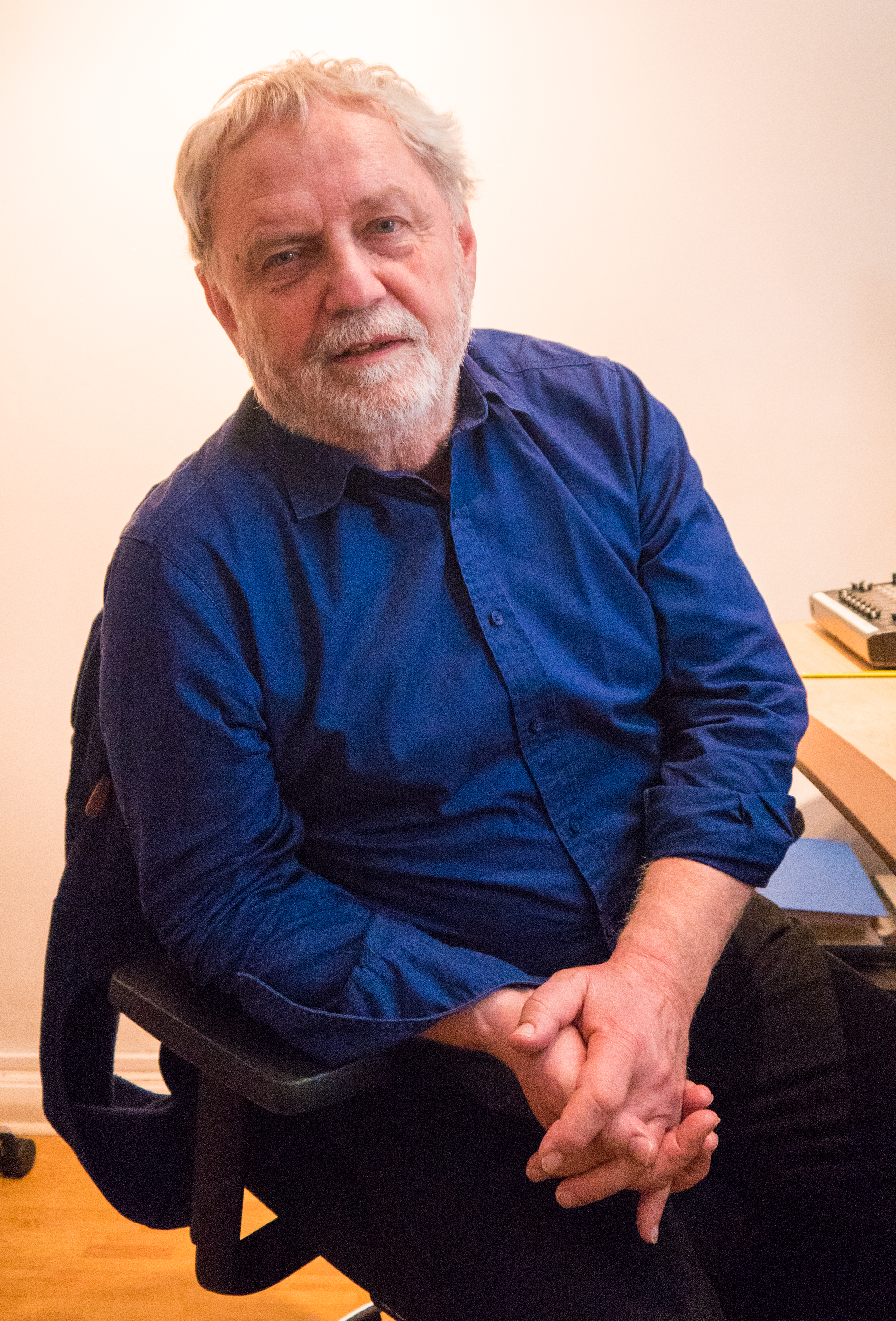
Veteran British editor Gregory, best known for his work with fellow countrymen Mike Leigh and Mike Newell, cut director McDonagh’s first feature, In Bruges (2008). Of the dark comedy in that film and his third feature, Three Billboards Outside Ebbing, Missouri, the editor says, “Martin likes to ruffle feathers, unexpectedly. The tone is actually there. You don’t have to juggle it. The timing is another thing; you bring a lot of your own sense of rhythm into it.”
While the director — who is also an award-winning playwright — was shooting on location mostly outside Asheville, North Carolina, over 33 days in May and June 2016, Gregory was editing the footage in Asheville itself. “I cut the scenes as they came in,” he comments. “I just wanted my cutting to keep up with the shoot. Martin would come by sometimes on Saturdays to look at it.”
Six months of post followed in England. For the first couple of weeks in July, the editor paced and smoothed it out into a two-and-a-half-hour rough cut. McDonagh and Gregory looked at it together two or three times. Then, over the next six or seven weeks, says the editor, “Martin would watch all the footage at home at night and make notes on the dialogue. Coming from the stage, he is more performance-oriented.”
Gregory adds, “We tried to work on it as a whole piece. It wasn’t just tightening; we got rid of scenes and moved scenes around. You could see the performances forming in the editing. Keeping true to the performances was everything; you want to see it in their eyes that the characters are listening to each other.”
Noting that Billboards star Frances McDormand had prepared for her role by studying John Wayne, the editor remarks, “I treated this film as a modern Western and that influenced my cutting.” Apart from affecting his cutting of characters’ confrontations and movements through town, it also made him keep one shot on long enough for Sam Rockwell’s intense and bigoted Dixon to be “framed in a doorway just like John Wayne in The Searchers.”
Picture locked at an hour and 55 minutes in December; with the editor coming in as needed for visual effects and dubbing early in 2017. The final mix was done in March.
McDormand came to London to see their movie for the first time. During the shoot, Gregory had clearly recognized her familiarity with the filmmaking process and how knowledgeable she was about editing. At the screening, he recalls, “She was so happy, I thought, ‘My God, I must have done something right.’”



